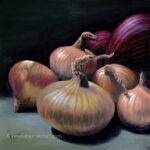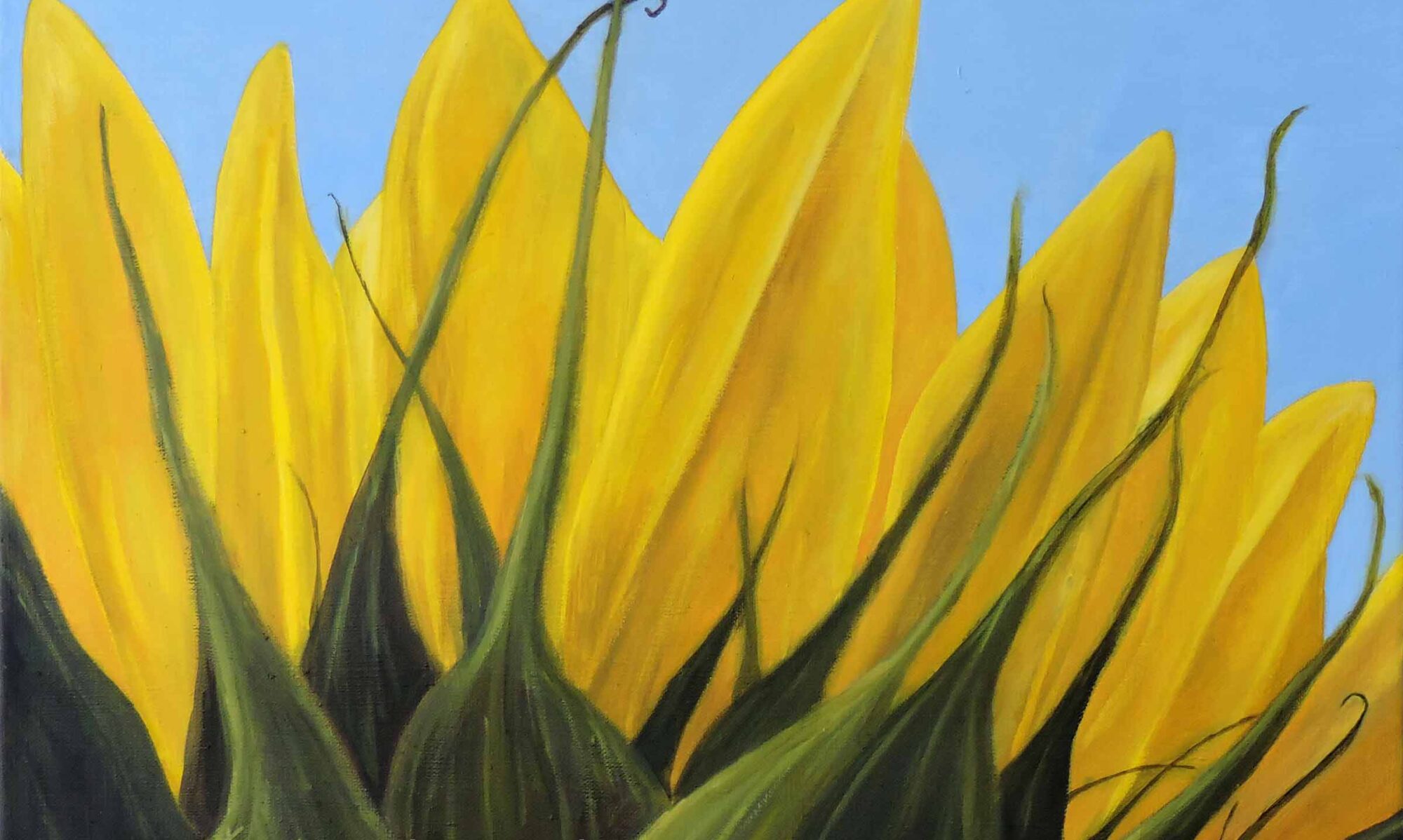
What to Look for When Buying Oil Paintings as an Investment
If you’re in the market to buy some oil paintings as an investment, there are several things to consider before you pull out your debit card. Evaluating the quality and value of an oil painting involves several key factors. Let’s delve into the essential aspects to consider:
Gather Important Background Information
-
- Title: Take note the paintings official title, including any inscriptions found on the painting’s surface. Art collectors, galleries, and auction houses consider titles when assessing an artwork’s value. A compelling title can attract attention, enhance memorability, and contribute to the work’s desirability.
- Signature: An artist’s signature acts as a seal of authenticity for the artwork, verifying that it was indeed created by the artist whose name appears on it. Collectors, galleries, and auction houses depend on these signatures for accurate attribution. Moreover, a genuine signature from the artist can significantly enhance the value of a painting.
- Dimensions: Measure both the actual painted area and the outer frame dimensions. Consider where the artwork will be displayed; larger pieces need ample wall space. Whereas smaller works are versatile and fit in various settings. Larger paintings require more materials, like canvas and paint, as well as more time to complete, and are generally valued higher.
- Medium: Oil paintings are created on one of three canvas types: gallery wrap, stretched canvas, or canvas panel; with gallery wrap being the most expensive. However, a painting on gallery wrap canvas does not usually have to be framed.
- Documentation: A signed certificate of authenticity from the artist or a recognized expert is essential. It provides assurance to buyers about the painting’s legitimacy and assists in determining its value. Comprehensive documentation serves to confirm the authenticity of an oil painting and enhances its narrative, thereby increasing its allure to collectors and investors.
Examine the Painting’s Condition
The physical condition greatly affects the appraisal value. Check for any cracks, flaking, or chipping in the paint, which is common in older pieces. Look out for fading, darkening, or unusual colors that may suggest light damage or poor storage. Also, inspect for holes, tears, or warping of the canvas, as these can indicate structural problems.
More information on this topic is provided in the article “Taking Good Care of Your Oil Paintings.”
Research the Artist Thoroughly
The artist’s identity and reputation significantly affect the value of an oil painting. Factors such as the artist’s popularity, the market demand, and the historical importance of the artwork play a crucial role. Artworks by renowned and respected artists typically fetch higher prices.
If you’re on a budget, consider purchasing oil paintings from an emerging artist. This can be an economical approach to acquiring excellent art at more accessible prices. Furthermore, supporting up-and-coming artists by investing in their work not only aids their artistic endeavors, but also provides the opportunity to possess distinctive pieces that could substantially increase in value as time progresses.
In Conclusion
Investing in oil paintings can be a rewarding venture, combining aesthetic pleasure with the potential for financial gain. Original oil paintings are unique, irreplaceable, and appreciate in value over time. They stand the test of time, making them an attractive commodity for collectors. Appraising art involves both artistic discernment and scientific analysis. Expertise, thorough research, and individual taste all play roles in assessing the quality and potential value of oil paintings as an investment.
You May Also Like
FROM THE EDITORS: We trust you found Teresa’s blog “Oil Paintings as an Investment” both informative and helpful. We believe you will also appreciate the fine art paintings showcased below. For additional information and details, please click or tap the thumbnail link.

(2013)
24″ w x 18″ h

18″ w x 18″ h

24″ w x 18″ h
Art Gallery Quick Links
Flowers | Landscapes | Marine | People
Space Art | Still Life | Wildlife
Additional Reading
Common Misconceptions About Buying Art
Choosing the Perfect Oil Painting for Your Home or Office
Small Paintings for Small Spaces
Southwest Paintings NOT By Teresa Bernard
More information about this topic and many others can be found in My Artist Blog Index. Check it out!
Have a question?
If you have a question about this blog on what to consider when buying oil paintings as an investment, please contact us, and we’ll be happy to answer your questions.
Thanks for reading this!
Feel free to share this with your friends.

